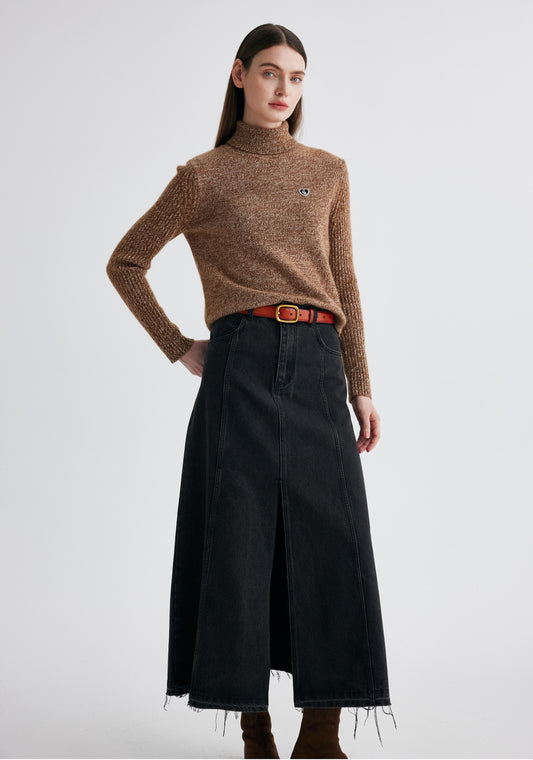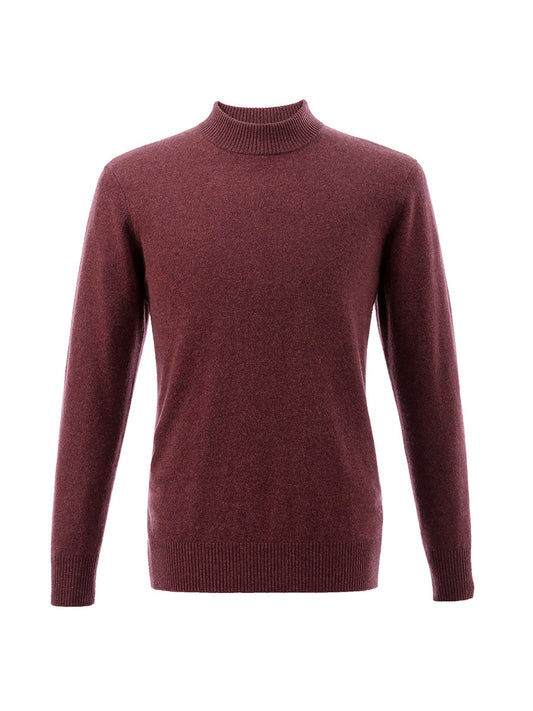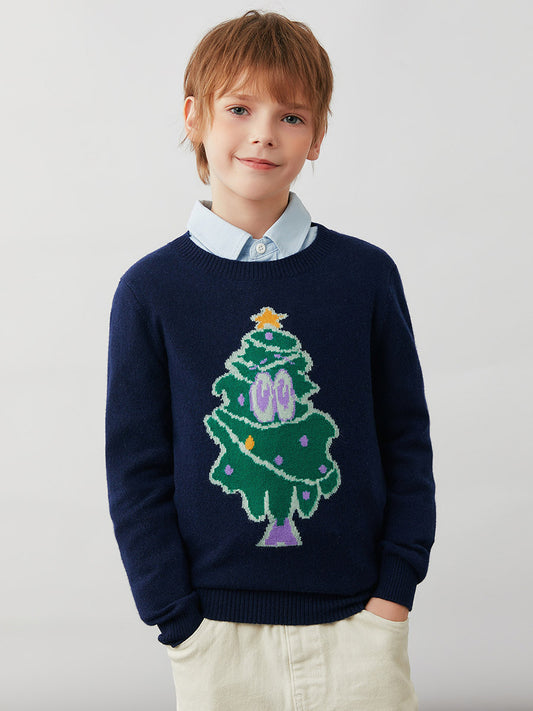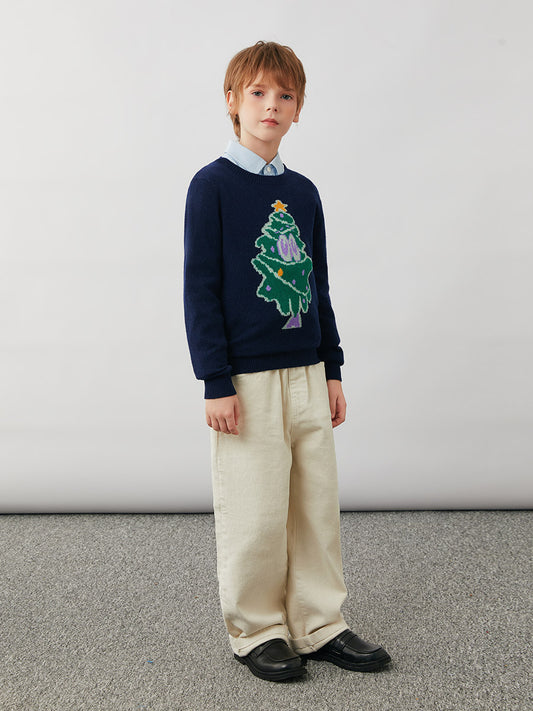Understand Yarn Count, Gauge, and Ply in Cashmere Sweaters — Shop Like a Pro and Avoid Costly Mistakes
If you've ever felt confused by cashmere sweater terms like "26s," "7-gauge," or "2/26Nm," you're not alone. Many consumers find these technical terms perplexing. But don’t worry — this guide will demystify the key parameters used in the cashmere industry: yarn count, knitting gauge, and yarn ply. Once you understand these, you'll be able to ask sellers the right questions and make smarter, more confident purchases.
1. Yarn Count (Nm): How Fine is Your Cashmere?
Yarn count, often denoted as Nm, reflects the fineness of the yarn. The number represents how many meters of yarn can be spun from one gram of fiber.
-
Example:
-
26Nm means 1 gram of cashmere can be spun into 26 meters of yarn.
-
36Nm means 1 gram yields 36 meters — thus a finer yarn.
-
The higher the count, the finer and lighter the yarn. Sweaters made with higher-count yarns are typically softer, more delicate, and lightweight. As a result, high-count cashmere garments tend to be more expensive if other factors (like weight) are the same.
2. Gauge (G): How Densely is the Sweater Knitted?
Gauge refers to the knitting density, or how many needles (or stitches) are used per inch of fabric.
-
Common gauges: 1.5G, 3G, 5G, 7G, 9G, 12G, 14G, 16G, 18G
-
Interpretation:
-
A 7-gauge sweater means there are 7 stitches per inch.
-
The higher the gauge, the finer and denser the knit.
-
Low-gauge (e.g., 3G, 5G) sweaters are thicker and chunkier — ideal for warmth.
High-gauge (e.g., 14G, 16G, 18G) knits are thinner, smoother, and better suited for lightweight base layers.
3. Ply (Twist Count): How Many Strands are Twisted Together?
Ply, indicates how many individual yarn strands are twisted together to form one thicker yarn used in knitting.
-
Example:
-
2/26Nm = two strands of 26Nm yarn twisted together.
-
3/62Nm = three strands of 62Nm yarn twisted together.
-
This is crucial for understanding both the strength and warmth of a cashmere sweater. Generally:
-
More plies = thicker, warmer, and more durable sweaters.
-
Fewer plies = lighter, softer, and more breathable sweaters.
4. Blended or Fancy Yarns: Composite Yarn Structures
Another concept related to ply is composite yarns — often used in specialty or high-performance fabrics.
-
For example, when creating colorful or textured effects, manufacturers might blend multiple yarns of different colors or materials.
-
In some premium yarns like silk-cashmere blends, composite twisting is used for enhanced thickness. A common example:
-
Combining three strands of 1/12Nm silk-cashmere into one 1/4Nm yarn to achieve a rich, heavyweight fabric.
-
How to Use This Knowledge When Shopping
When buying a cashmere sweater, ask about:
-
Yarn count (Nm) → Is it high or low count? Lighter or thicker yarn?
-
Gauge (G) → Is it a fine-gauge knit for layering or a chunky knit for warmth?
-
Ply (e.g., 2-ply, 3-ply) → Is it tightly twisted for structure and warmth?
Armed with this understanding, you'll be less likely to fall for marketing gimmicks and better equipped to evaluate quality for price. Whether you're investing in a feather-light inner layer or a winter-ready heavyweight piece, now you can do so with confidence.















